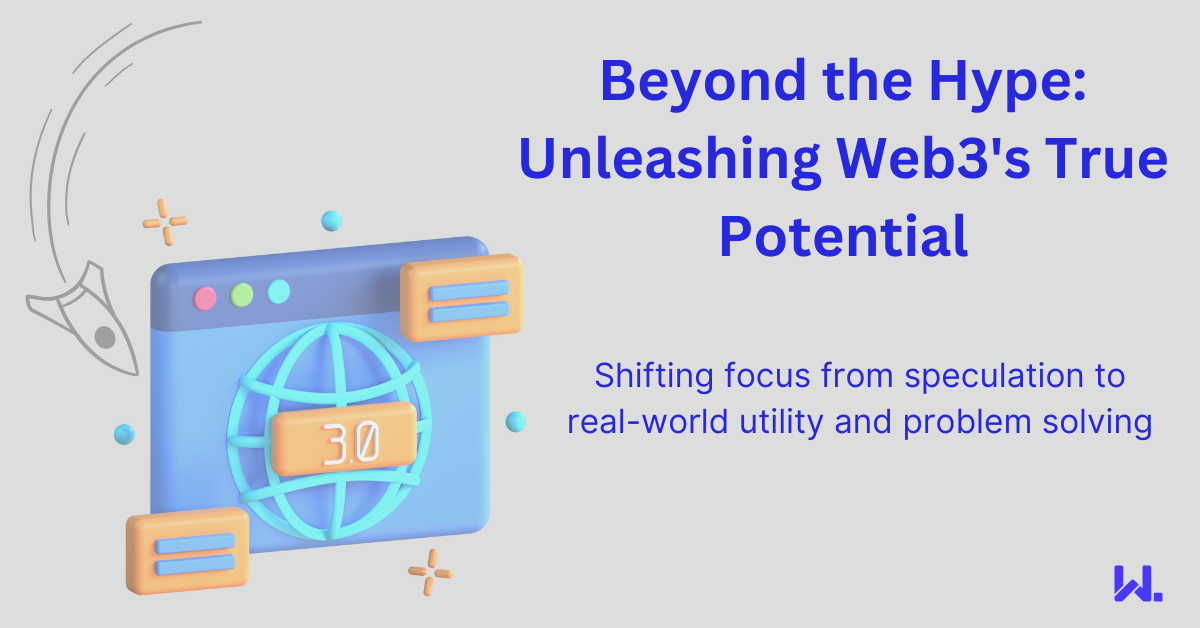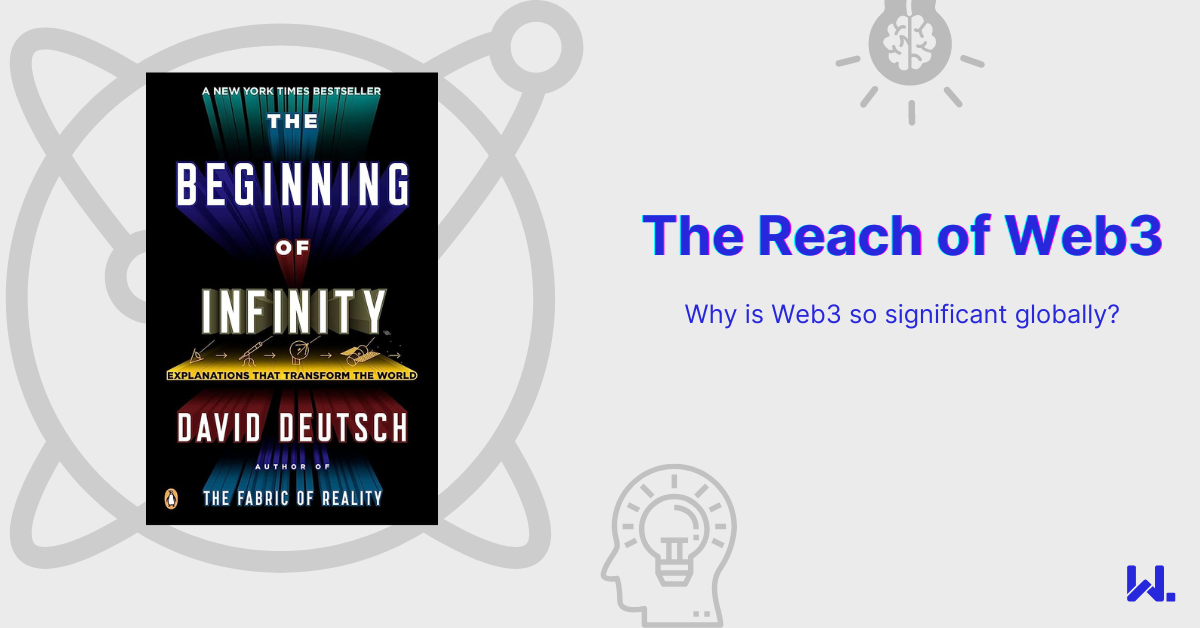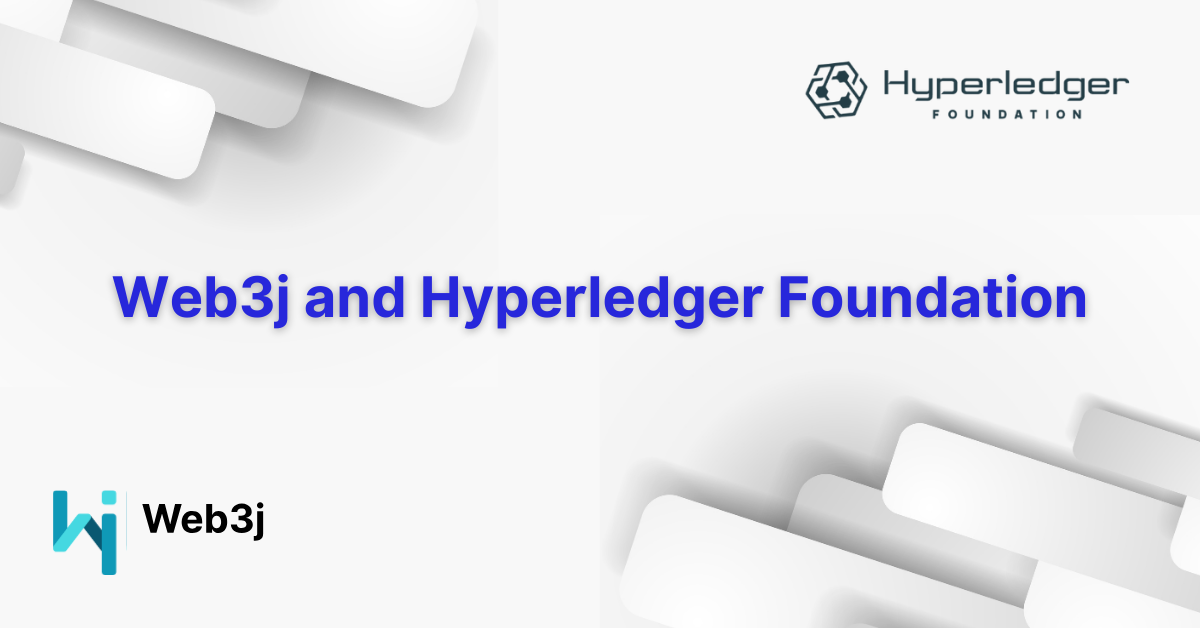Web3 is Tokenization of Everything
Are tokens the new website? I believe so, and so does Chris Dixon, general partner at Andreessen Horowitz, one of the most prominent Silicon Valley venture capital firms, who tweeted this last September.
This statement stems from the notion that in the first iteration of the World Wide Web in the 1990s, the new primitive was website. Back then, anyone with the technical know how was able to create a website that served up data about absolutely anything. This led to the mass democratisation of data, making information about almost any subject available to anyone with an internet connection.
In Web 3.0, the decentralized web, the emerging narrative is that tokens are the new digital primitive that will serve as the key building blocks for many of the future products, services and innovations that will impact our society.
First, lets start by rewinding back to the website. Whilst the democratisation of information was profound in its impact to the world, the super successful internet businesses didn’t really emerge until Web 2.0. Originally people had to hand craft websites in HTML, then upload them to web servers to host online. It was possible to create dynamic content (remember Perl?), but it was not straight forward — there was a technical barrier to entry, and it really remained the domain of specialists to create and publish websites.
The mass adoption of the Internet, really started to emerge with the social web, starting in 1999. Services started to emerge that allowed people to read and write data. Think about many of the services that emerged during this period — Blogging services such as Blogger, Wordpress, etc. allowed you to easily write and publish to an audience. Social network services such as Facebook, Twitter and LinkedIn allowed you to share information as posts of photos to online networks of people you had. Google found new ways to categorise the plethora of information that existed on the world-wide web and provide a simple interface to find the information you are looking for.
These various Web 2.0 services provided a catalyst for mainstream adoption of the internet. People started flocking to web services, not just because information was more readily available thanks to better search services, but also it enabled them to connect with other people easily. Be that friends, colleagues, or to forge new connections.
Of course this was technically possible prior to Web 2.0, but it wasn’t straight forward enough to be compelling and exciting to the average person. I remember when I first saw Facebook, I was really excited about the ease with which it enabled me to relive fun times with friends and share photos with one another. Whilst my usage of it went to nearly zero (I still use it for a few special interest groups), at the time it truly was revolutionary. Likewise with LinkedIn, the ability to stay connected with former colleagues was a game changer. I’m sure there’s hundreds of millions of people around the world who can relate to exactly this.
Anyway, the point I’m getting at is that it wasn’t until Web 2.0 that we started to really see mass adoption of the web as we know it. The ability to easily share or write information to the web was what facilitated an explosion of activity driven by network effects.
Tokens are key Web3 building blocks
Coming back to where we started with Web 3.0 and the notion of tokens as a key building block - The blockchain or distributed ledger underpinning Web 3.0 networks provides the decentralization layer, which can be considered in itself a globally available, unstoppable utility. The execution environment, for example, Ethereum’s Virtual Machine (EVM) provides the layer to execute logic defined in smart contracts, and is the key abstraction for Web 3.0. This is the crucial layer for innovation that will lead to wider adoption of the technology, as the layers underneath it provide the platform and availability guarantees that are simply not possible with centralized platforms.
Smart contracts have enabled the creation of various abstractions, none of these more powerful then the idea of tokens, first fungible, based on Ethereum’s ERC-20 standard, then non-fungible, based on the ERC-721 standard. No other innovation on these blockchain platforms has had the impact of tokens, and certainly both types of tokens have already crossed the chasm into mainstream culture.
In the case of fungible tokens, as it has been with tokens, are a way to speculate on projects and protocols. There are hundreds of platforms and exchanges that empower individuals to invest directly in these tokens with the hope of a 10x, 100x or even 1000x return on their investment. Whilst this was not the intent of many of the creators of these tokens, who envisage that they should be useful in their utility to pay for services on their platform, or reward participation on their platforms, the majority of mainstream users are using them for financial speculation.
In the case of non-fungible tokens or NFTs, they recently went from being fun collectables and profile pictures (PFPs) within the Web3 community, to serious brand assets and forms of art, with many of the worlds leading marketers, artists and galleries embracing NFTs to reach new audiences, or create digital art that can be owned by individuals or communities equally. We’re also seeing this tipping into gaming and narratives around the metaverse which are building.
There is also with NFTs, a significant degree of financial speculation taking place, with the most prominent PFP NFTs exchanging hands for hundreds of thousands of dollars, however, significant communities are forming around these NFTs which are different to those communities forming around the fungible, utility tokens. In the latter case, these are more focused on technological idealism surrounding the underlying project, team or protocol that they represent. Whereas the NFT communities go deeper and tap into something more personal, and more specific as NFTs can literally represent anything which is why I would argue they are the type of token with the broader implications for Web 3.0.
The barriers to creating an NFT are incredibly low, at its most minimal it can represent any unique asset, a JPEG image being the most common type of asset. But it can also represent a document such as a passport or legal agreement between companies, a real world asset such as a house, a car, an insurance policy that you hold, or even a subscription service that you pay for. The point is that by being able to represent anything, the floodgates open in terms of opportunities for the individual consumer or business. All you have to do is use a token to demonstrate your membership of a community, user of a service, or resident of a jurisdiction. The issuer of the token can easily be verified as its backed by a blockchain, much like when you go to Apple’s website to look at their latest product launch you trust apple.com is their real website.
It is this adaptability coupled with low barriers to entry that will ensure that NFT’s are the primary enabler for the tokenization of everything. Fungible tokens still have their place, as they provide the accounting framework for these NFTs so that they can be grouped together, sliced and diced to create new investable or governable assets that consist of NFTs, much like in the real world financial markets are composed of all sorts of different buckets of assets (mortgage backed securities being a somewhat infamous example).
The point is that the two types of tokens complement one another to provide opportunities for innovation that have not been seen in Web 2.0, and this is what makes Web 3.0 so exciting, especially when you start to appreciate the implications of tokens as the core building block of this future.
For further thoughts on this, check out my interview with Weiwu Zhang of Alphawallet where we go a lot deeper into what this tokenized future can look like.
Have any questions or comments for us? Tell us what you think! If you want to learn more about blockchain, its growth, problems, and newest developments, then check our blog or listen to our enlightening Web3 Innovators podcast.
With dedicated support from the creators of Web3j you can ensure you have a trusted partner to support your most critical blockchain applications.




